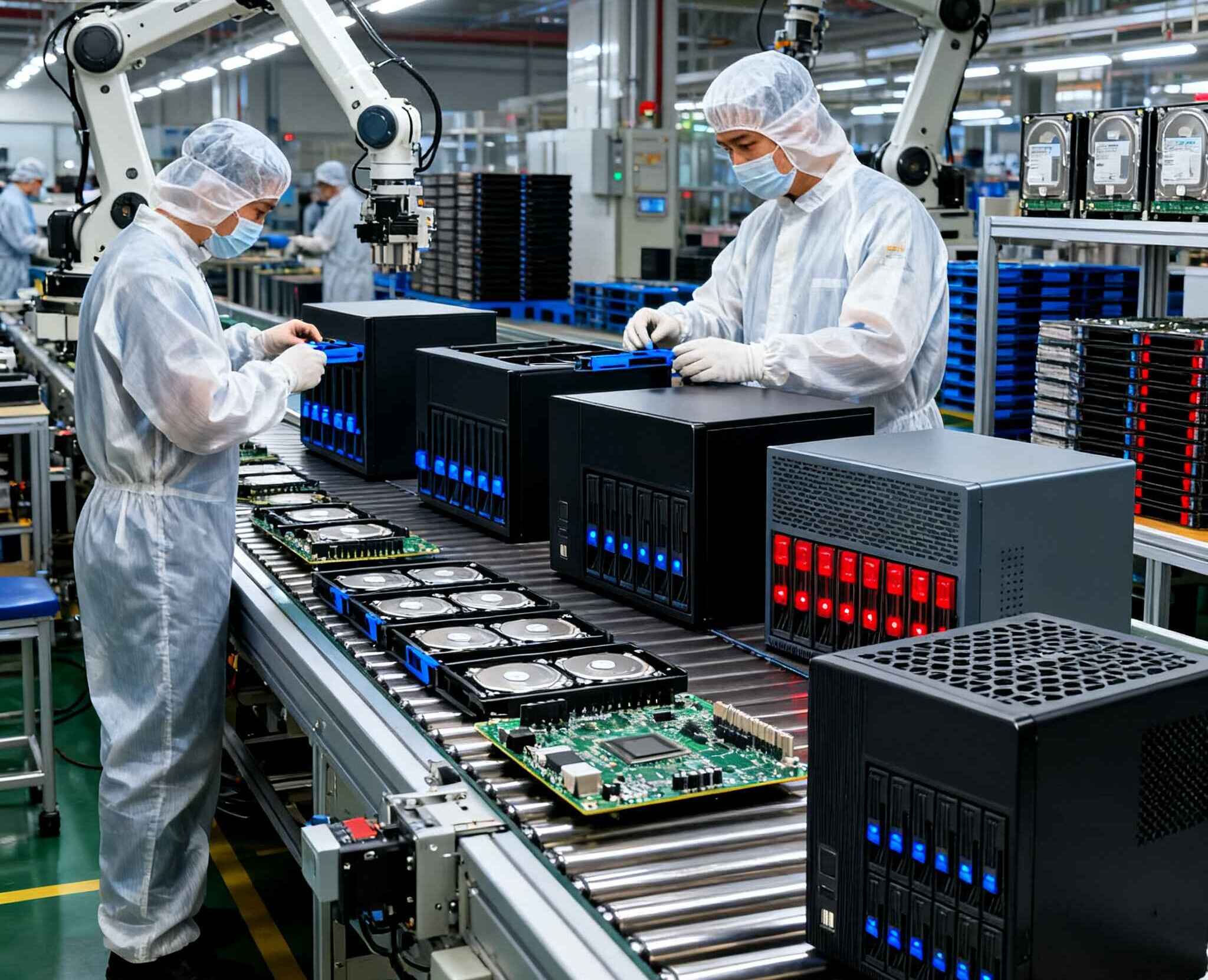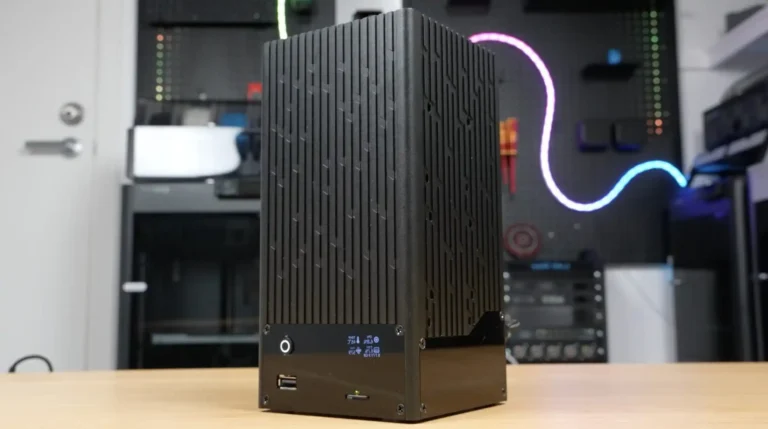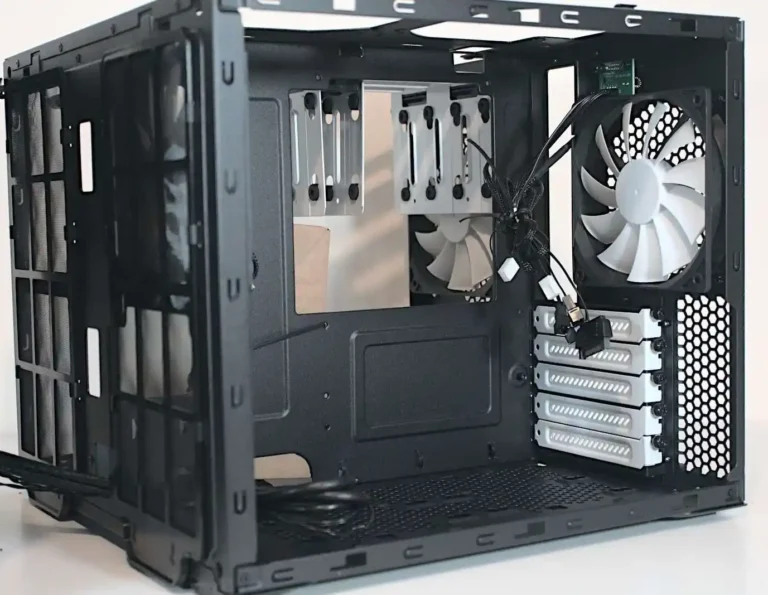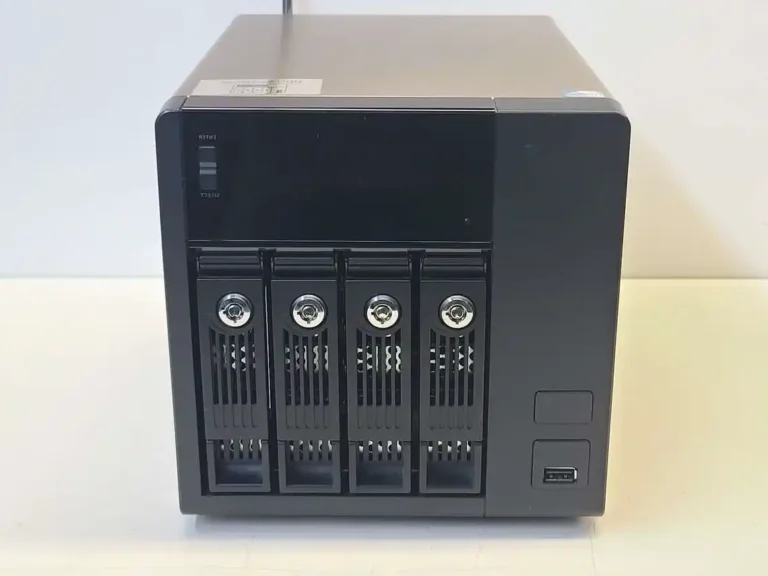You don’t notice spare parts until a drawer full of disks and sleds saves your Monday. When a NAS hiccups—fan screams, PSU pops, caddy breaks—you either swap a Field-Replaceable Unit (FRU) in minutes or you wait. Waiting hurts MTTR, users, and patience. So let’s talk real-world NAS device spare parts availability—how to plan it, where it bites, and how IStoneCase can help without drama.
NAS device spare parts availability — core ideas that decide your MTTR
- Official channels exist, but coverage varies. You’ll find trays, fans, power bricks, and sometimes backplanes. Motherboards? Usually service-only.
- Lifecycle matters. When a model slides toward EOL, parts dry up and the “nice to have” spare becomes the thing you can’t get.
- HCL (Hard-Drive Compatibility List) quietly narrows choices. If your vendor enforces an HCL, your “spare HDD” list shrinks. Stock early.
- Third-party fills gaps, but stock is spiky. Model-specific fans or sleds go in and out of stock; generic parts help, yet fit isn’t always perfect.
- Self-repair programs help. Some vendors publish CSR/FRU guides so ops can hot-swap fans, PSUs, or backplanes fast.
- Custom chassis pays back in control. Standardized fans, PSUs (ATX/FLEX), and unified sled geometry make spares easy to hold—and easy to replace.
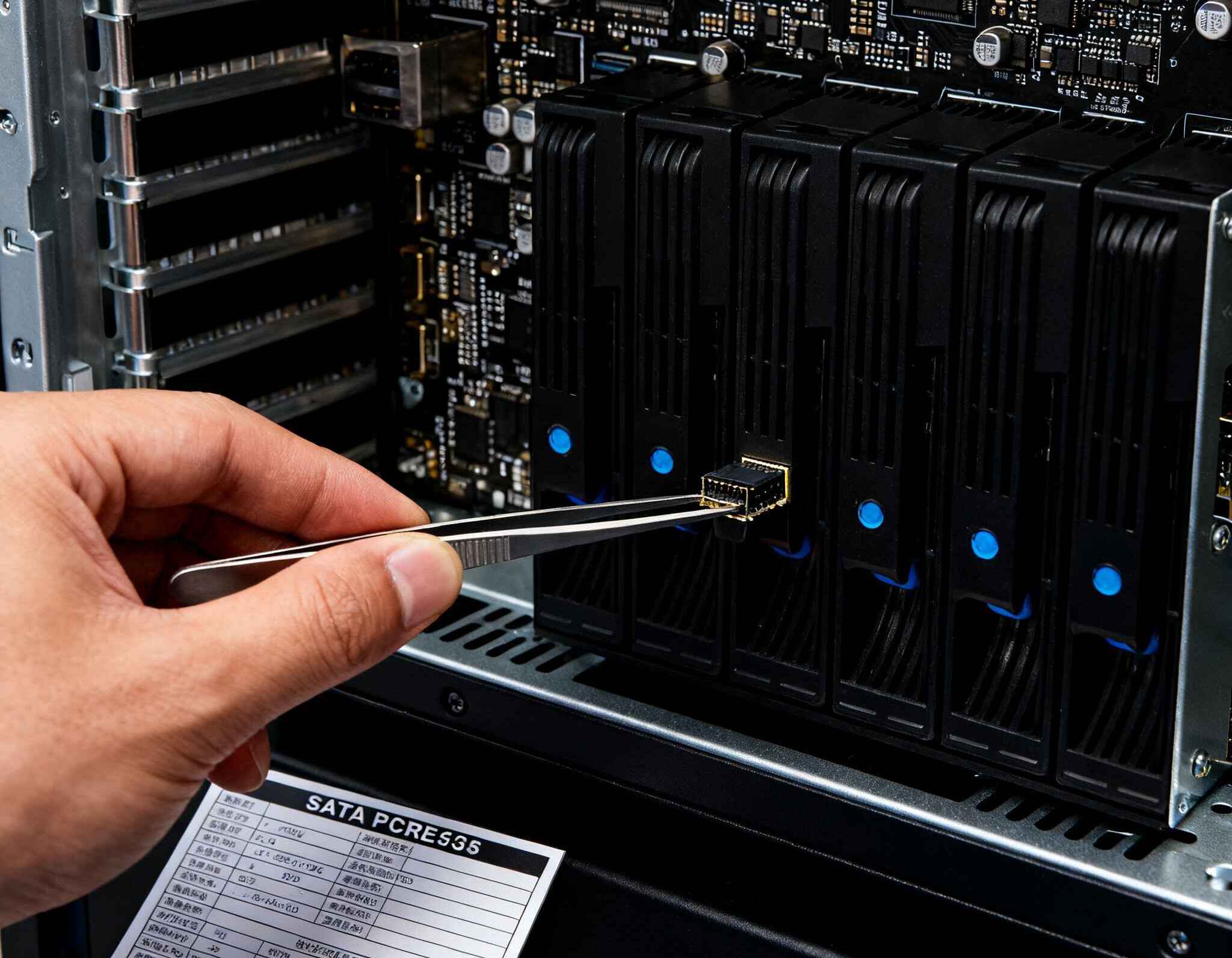
What actually fails (and how often you can grab it)
Here’s a quick field-driven map. Use it to pre-build your spare kit.
| Part / FRU | Typical failure signal | Field availability | Sourcing path | Quick fix | Notes / Source signal |
|---|---|---|---|---|---|
| Drive tray / caddy | Latch snaps, misalign sled, drive won’t seat | High | Official spares, retail packs, reuse from donor units | Swap sled, reseat drive | Vendor parts list, ops runbooks |
| Fan module (40/60/80 mm) | High RPM alarm, bearing noise | High (standard sizes) | Official kits, generic PWM fans | Hot-swap (if modular), tune curves | FRU guides, fan spec |
| Power supply / adapter | Sudden shutdown, ripple noise, burn smell (ugh) | Medium | Official PSU, ATX/FLEX equivalent | Swap PSU, verify rails | PSU label/spec, RMA history |
| Backplane / midplane | Multiple bays drop randomly | Low | Official service only or refurb | Shutdown; replace backplane | Service docs, incident logs |
| System board | No POST, random resets | Low | Factory service | RMA, migrate disks | Service ticket |
| Hot-swap cage screws / tabs | Loose cage, drive vibration | High | Generic M3/M4 screws, kits | Replace screws, add lock washers | Bench checklist |
| Bezel, rails, ears | Missing ears, rack fit issues | Medium | Official or compatible rails | Fit rails, secure in rack | Rack audit sheet |
| HDD/SSD (spare drive) | SMART trips, reallocated spikes | Medium (HCL-bound) | Approved SKUs per HCL | Replace, kick rebuild | HCL page, fleet policy |
Plain-speak: Trays, fans, PSUs are your “always-stock.” Backplanes and boards are slow or service-only—plan migration paths.
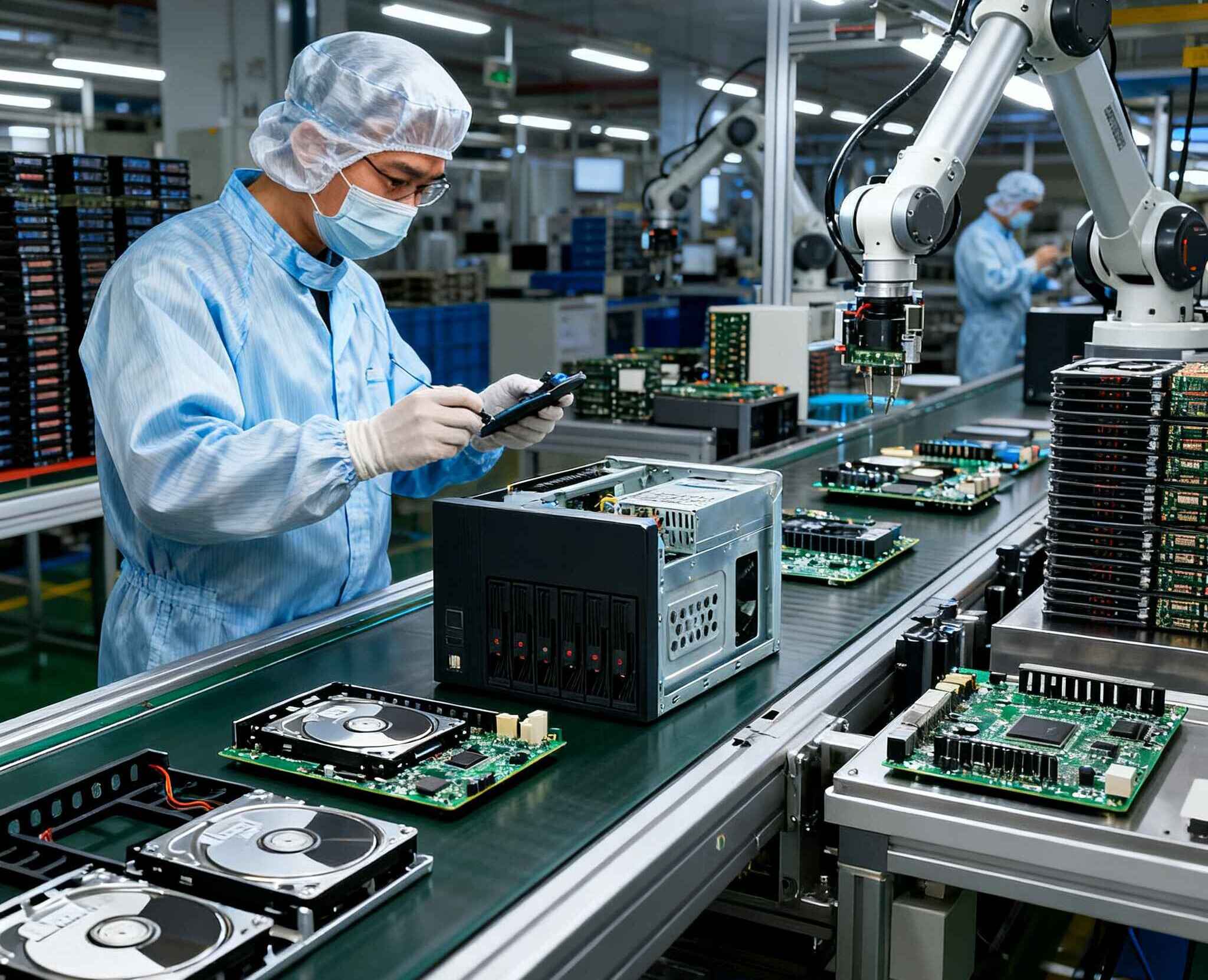
Hard-drive compatibility list (HCL) and your spare-disk shelf
HCL rules aren’t sexy, but they decide whether your spare drive will even online. If your platform enforces a strict HCL, don’t gamble on “probably works.” Build a cold-spares shelf with the exact SKUs your RAID expects. It ain’t fun to discover at 2 a.m. that the only disk left refuses to join the array.
- Keep 2–4% of your live bays as cold spares (rough guide, not a cost calc).
- Rotate spares into service regularly so firmware and health stay current.
- Label drives by model + firmware; mismatched batches can slow rebuild windows.
Sourcing: official, retail, or custom—pick the lane that fits your fleet
Official spare parts and CSR (Customer Self-Repair)
When the vendor publishes FRU/CSR guides, ops can move fast: swap the fan module, drop in a PSU, reseat the backplane. Keep FRU part numbers in your asset sheet. Store tiny things—screws, sled keys, cage tabs—next to the NAS. Sounds small, saves days.
Retail and community channels
Retail fills gaps—extra trays, generic PWM fans, even compatible PSUs. But stock comes and goes, and sometimes the “almost-fits” fan shroud… doesn’t. Test once on a bench unit before you bless it for prod.
Custom chassis / retrofit path with IStoneCase
If you want control instead of surprises, a standardized chassis strategy works. IStoneCase designs enclosures that take standard fans, ATX/FLEX PSUs, and common sled geometry, so you can stock one bin of spares for many nodes. That’s how you shrink MTTR. It’s also how you stop chasing obscure parts for each tiny variant.
- Explore our NAS Case family for bay-count choices and hot-swap convenience.
- Need compact storage with quick swaps? Check 4-Bay NAS or 6-Bay NAS.
- Growing teams typically land on 8-Bay NAS or 9-Bay NAS so they can hold a couple of cold spares inside the box.
- For labs and content teams, 12-Bay NAS gives you rebuild headroom.
- Want uniform FRUs across racks? Our Customization Server Chassis Service aligns sleds, fans, and PSUs so your spare strategy turns simple.
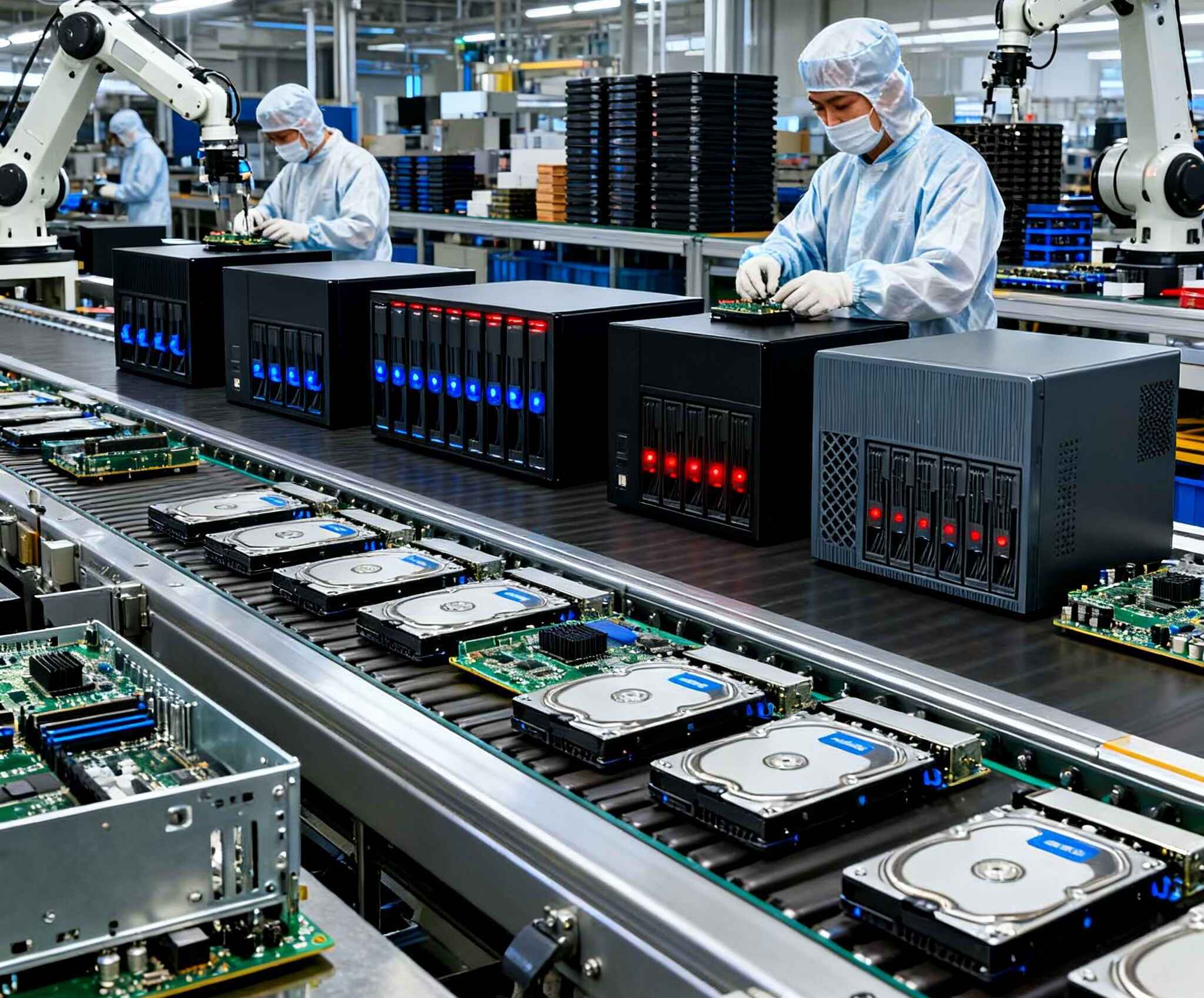
Real-world scenarios you’ll actually hit
Small office, 4-bay, single PSU, single NIC
A single 4-bay runs office shares and backups. One drive blips SMART, the caddy latch cracks, and the fan starts whining. With 1 spare caddy, 1 approved HDD, and a standard 80mm PWM fan, you’re back in minutes. Keep a USB-to-SATA dock for quick clone/verify. This is where 4-Bay NAS with easy sleds saves your day.
Growing team, 8-bay with mixed SSD/HDD
Designers and data folks hammer the box. You operate N+1 spares and rely on hot-swap sleds. A PSU stutters under load. Because you standardized on an ATX server case compatible PSU, you swap it, run a rail check, and move on. Upgrading later? A chassis from 8-Bay NAS or 9-Bay NAS lines keeps the same sleds—less cognitive load, less shelf mess.
Lab / content studio, 12-bay, long RAID rebuilds
You handle large sequential writes plus random reads. Rebuild windows get long, so you stage two cold spares inside the box. One backplane port starts being flaky (drive drops on light bumps—yikes). You fail over to a standby node and schedule a backplane swap. Because the chassis uses common FRUs, you pull a backplane kit, not a unicorn part. The 12-Bay NAS layout also leaves room for a standardized computer case server PSU—fast swap, clean wiring.

Chassis choices that make spare parts easier (yes, it matters)
Your server rack pc case shouldn’t be a parts snowflake. The more standard the shell, the saner your spare bin:
- Fans: choose sizes you can buy anywhere (40/60/80/120 mm), PWM if possible.
- PSU: if your thermal and space budget allows, an atx server case PSU unlocks massive availability. FLEX/1U works too, just stock a twin.
- Rails & ears: keep rails consistent across racks; fewer surprises in tight closets.
- Sleds: unify caddy geometry across bay counts so one spare tray fits them all.
IStoneCase lives in this problem space. We build server pc case and server rack pc case designs that are spare-friendly on purpose. If you need a custom computer case server layout—extra fan wall, alternative PSU orientation, or different midplane—we can tune it via the Customization Server Chassis Service. It’s defnitely nicer than hunting exotic parts at 1 a.m.
A lightweight spare-parts playbook (pin this)
- Keep the “easy three” on the shelf: trays, fans, PSUs.
- Match HCL-approved drive SKUs for cold spares; label firmware.
- Store tiny hardware: sled screws, cage tabs, a spare bezel. Cheap, high leverage.
- Print the FRU list with part numbers and keep it taped inside the rack door.
- Bench-test any third-party fan/PSU before it goes anywhere near production.
- Track failures; if you see a pattern, pre-order two of that FRU.
- Standardize chassis so one spare works across many boxes—start with NAS Case families.

